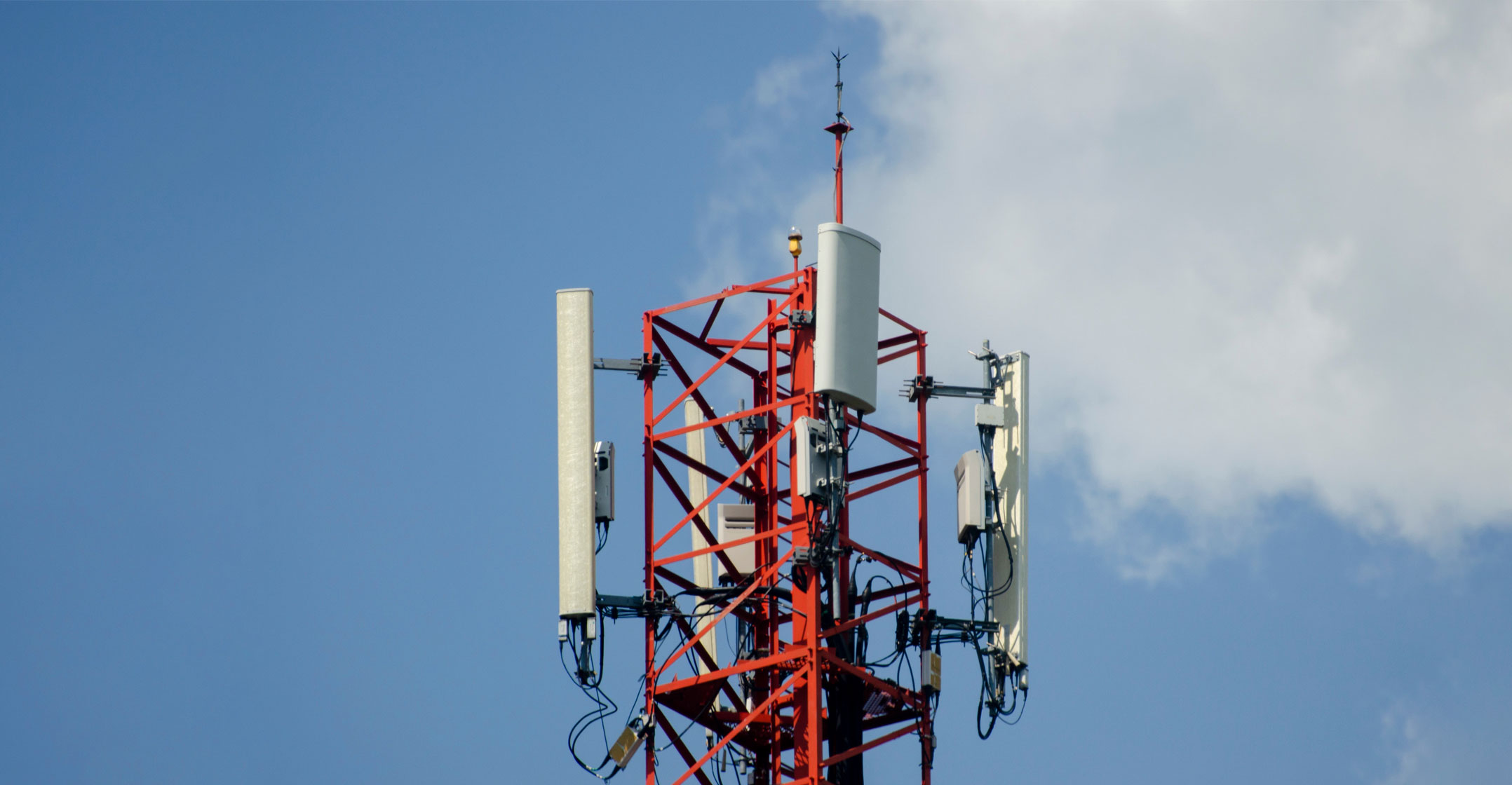 African Rainbow Capital (ARC) reported its full-year results for 2021 last week. The group reported a 16.3% rise in its so-called intrinsic portfolio value to R12.3-billion, albeit that once the recent dilutive capital raise is excluded, the group saw its intrinsic net asset value (INAV) fall 8.1% year on year.
African Rainbow Capital (ARC) reported its full-year results for 2021 last week. The group reported a 16.3% rise in its so-called intrinsic portfolio value to R12.3-billion, albeit that once the recent dilutive capital raise is excluded, the group saw its intrinsic net asset value (INAV) fall 8.1% year on year.
Plenty has been written about this holding company’s expensive external management company and the fees it charges, so I won’t revisit this other than to suggest that investors looking for an appropriate discount for this holding company do the maths.
What I want to focus on is its investment in Rain, the young and fast-growing data-only telecommunications start-up.
Firstly, it is great to see this telecommunications operator hitting its targets. Significantly helped by lockdown-induced consumer demand for data for remote working, gaming and the like, Rain appears to be performing really well. I say “appears” because we know very little about it. No separate numbers or even subscriber statistics are released.
In ARC’s presentation on its results, management did reference that it is Ebitda (earnings before interest, tax, depreciation and amortisation)-positive and, in the absence of the cost of the 5G roll-out, would be doing much better.
Largest exposure
But that is the nature of telecoms operators: You have to keep spending vast amounts of capex just to stay in the game. Can we really exclude 5G capex from Rain’s performance, cash flows and profits, or is it just the cost of keeping a seat at the operators’ table? Is it really “expansionary” capex if you need to spend to remain relevant?
Secondly, ARC wrote up Rain’s fair value in its INAV and the company remains its largest single exposure — in the region of a whopping 27% its portfolio This large weighting of Rain in ARC’s portfolio makes the lack of detailed disclosure even more bizarre and frustrating.
So, how reasonable is ARC’s valuation of Rain? Well, we have no idea — we just have to trust management — but I can highlight two interesting facts to give us some much-needed context:
- Rain’s valuation is higher (partly) due to a lower discount rate: Rain is valued used the discounted free cash flow methodology. As an early-stage, fast-growing and likely free-cash-flow-negative business, this methodology makes sense. A key input here, though, is the discount rate used. Simply put, for the exact same free cash flows, a lower discount rate will arrive at a higher valuation, and vice versa. In FY20, ARC used a discount rate of 17.25%, but in FY21 this discount rate has been lowered to 15.26%. That is quite a large drop in this discount rate and, surely, is a material contributor to the higher fair value of Rain in ARC’s INAV. I would argue that if this is the case, then this ‘growth in fair value is particularly low quality.
- Rain’s valuation implies that it is almost the same size as Telkom: ARC’s R3.3-billion fair value for its 20.2% shareholding in Rain is after respective around 12.5% minority and marketability (liquidity) discounts. While we will keep the minority discount (this will make sense later), if we add back the marketability discount and then gross the fair value up to 100%, we get what the implied “market cap” for Rain should be if it was listed on the JSE. (We keep the minority discount because JSE share prices reflect what minorities are willing to pay for small stakes in companies, thus this discount is still applicable even for a listed company’s shares.) Doing this maths, Rain’s implied listed market cap should be around R18.8-billion. To view this in context, Telkom has a market cap of only R18.6-billion. Can Rain really be worth more than Telkom’s entire operations and its more than 26 million subscribers? Furthermore, if we look at Blue Label Telecoms’ carrying value of its investment in Cell C, it is currently worth zero on its books. Cell C has 12.3 million subscribers.
How many subscribers does Rain have?
The last data point we have was some months ago that they were signing up between 60 000 and 80 000 subscribers per month. Even if we assume they are now signing 100 000 per month and have been for the last five years (unrealistic, I know), this still only implies that Rain would have around six million subscribers, which is far short of both the above-noted (and lower-valued) tertiary operators. Thus, Rain’s valuation just looks odd.
So, while plenty has been spoken around ARC’s fee structure, not enough has been asked about its valuation of Rain. While Rain does sound like it is performing well, is it performing well enough to justify the valuation that has been attached to it?
- This article was originally published by Moneyweb and is used by TechCentral with permission




